Getting the right park skis for your kids isn't just about performance - it's about making skiing fun, safe, and easy to learn. Oversized or heavy gear can frustrate young skiers, especially in terrain parks. Shorter, lighter options like Snowfeet Mini Skis and Skiskates are designed to give kids better control, faster learning, and more confidence.
Why Shorter Skis Work Best:
- Better Control: Short skis are easier to handle, making turns and tricks manageable.
- Faster Learning: Kids can focus on basics like balance and stance without struggling with heavy gear.
- Safer and More Fun: Properly sized skis reduce accidents and keep skiing enjoyable.
Top Picks for Kids:
- Snowfeet Mini Skis (38 cm): Perfect for beginners, works with regular winter boots, $150.
- Skiskates (44 cm): Great for kids exploring freestyle tricks, $390.
- Skiblades (65 cm): Ideal for advanced young skiers tackling jumps and rails, $450.
Snowfeet gear is lightweight, portable, and compatible with regular boots - no need for expensive ski boots. Whether your child is just starting or leveling up, the right skis can make all the difference.
What Are Park Skis and How Do They Work?
Park Skis Explained
Park skis are specially crafted for terrain park activities like jumps and rails. Unlike traditional alpine skis, which are designed for carving on groomed slopes, park skis focus on flexibility, durability, and maneuverability. They’re built to handle the hard landings from jumps and the side forces that come with sliding on rails.
One standout feature of park skis is their twin tips - both ends are curved up, making it easier to ride backward and pull off tricks. Bindings are centered on the ski, which helps with balance during spins or when skiing switch (backward). The softer flex of park skis also makes it easier to control moves like presses and butters, giving skiers more freedom to experiment with tricks.
For younger skiers, these design elements make a big difference. Regular park skis, made for older or more experienced riders, can be intimidating for beginners. Snowfeet* products, on the other hand, are compact and beginner-friendly, helping kids learn the basics without struggling with oversized gear.
This thoughtful design creates a clear distinction between park skis and traditional skiing equipment.
Park Skis vs. Regular Ski and Snowboard Gear
Traditional alpine skis are much longer - often 20–30 inches taller than what kids can comfortably manage. These skis prioritize speed and stability on groomed runs, but their size can become a major obstacle in terrain parks, where agility and control are key.
Snowboards pose their own challenges for kids. The sideways stance, the need to strap in and out, and the overall bulkiness of snowboard boots and bindings can make the learning process feel overwhelming. For younger riders, this combination of factors often creates more frustration than fun.
Snowfeet* products solve these problems with their compact, lightweight designs. For example, the Mini Ski Skates (38 cm) and Skiskates (44 cm) are easy to handle and responsive, making quick turns and recovering from mistakes far less daunting. Compared to traditional youth gear, which is often heavy and difficult to maneuver, Snowfeet* gear builds confidence by being simple and manageable.
Why Snowfeet* Products Work Best for Young Skiers
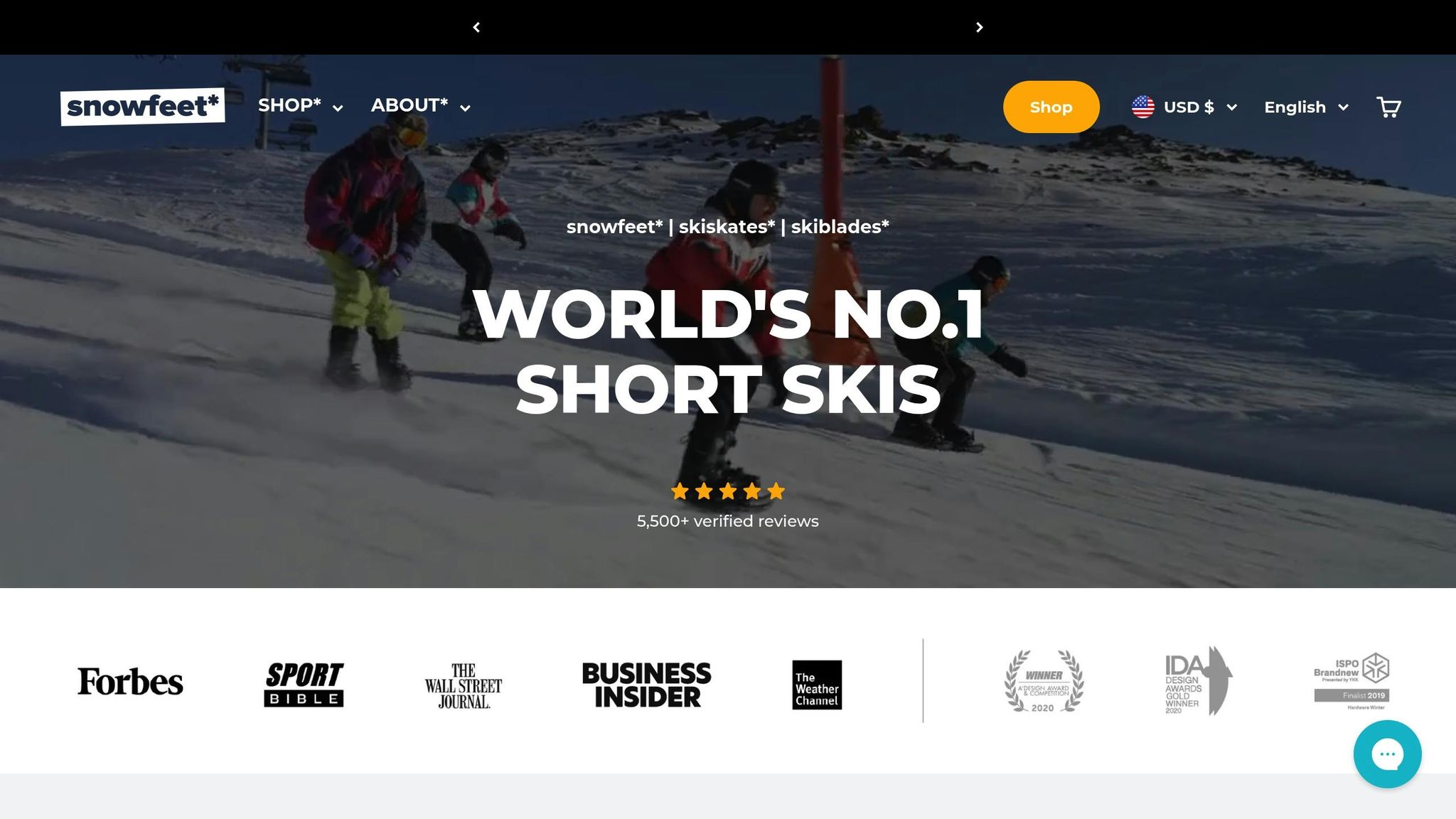
Snowfeet* gear takes these advantages even further. First, it works with regular winter boots, so there’s no need to invest in heavy, expensive ski boots that kids will outgrow quickly. This compatibility not only saves money but also simplifies the learning process, which is key for beginners.
Another win? Snowfeet* equipment isn’t just limited to ski resorts. It’s versatile enough to be used on hiking trails, in snowy backyards, or on gentle slopes - no ski lifts required. This flexibility gives young skiers more chances to practice and enjoy the sport, whether they’re at home or on vacation.
The compact design also speeds up learning. Instead of spending countless sessions wrestling with oversized skis, kids can quickly move on to trying small jumps and rails. The 44 cm Skiskates offer a great balance between ease of use and performance, while the 65 cm Skiblades provide more versatility for older kids. Both options are lightweight, portable, and easy to control, making them ideal for building skills and confidence.
How to Teach your Kid to Ski Terrain Park || Learning Tutorial with 4-Year-Old Kashius
How to Choose the Right Park Skis for Kids
Picking the right park skis for your child can make or break their skiing experience. The goal is to match the gear to their size and skill level. If the equipment doesn’t fit well, it can lead to frustration (and maybe a few tears) on the slopes. Luckily, Snowfeet* makes this process a whole lot easier compared to traditional ski shopping.
Finding the Right Size and Weight
When it comes to sizing skis for kids, their height and weight are the key factors. A good rule of thumb is that the skis should reach somewhere between your child’s chest and nose. Start by measuring their height and weight, then use a kids' ski size chart to find the right length. If they fall between two sizes, their weight can help you decide - go shorter for lighter kids and longer for heavier ones.
Here’s a quick reference guide:
| Age (yrs) | Height (ft/in) | Weight (lbs) | Traditional Ski Length (cm) | Snowfeet* Option |
|---|---|---|---|---|
| 3-4 | 3'1"–3'4" | 34–37 | 70–90 | Snowfeet Mini (38 cm) |
| 5-7 | 3'7"–3'11" | 42–50 | 90–110 | Skiskates (44 cm) |
| 8-10 | 4'2"–4'7" | 57–70 | 110–130 | Skiblades (65 cm) |
| 11-13 | 4'9"–4'11" | 79–89 | 130–145 | Skiblades (99 cm) |
For beginners or lighter kids, sticking to the shorter end of the range is usually a safer bet. Snowfeet* products make sizing even simpler. Take the Mini Ski Skates, for example. At just 38 cm, they’re perfect for small kids, giving them lightweight gear that’s easier to handle and helping them build confidence faster.
Now, let’s talk about why Snowfeet* gear makes life even easier when it comes to boots.
Simple Boot Compatibility
Traditional skis often require pricey, bulky boots that kids outgrow faster than you can say “ski season.” Snowfeet* gear eliminates that hassle by working with regular winter boots. That means no extra expenses and no scrambling to find the right size every year.
The bindings on Snowfeet* products are designed with kids (and parents) in mind. Forget about complicated mechanisms that need professional adjustments. These bindings use easy straps and clips that kids can handle themselves. It’s all about getting on the slopes faster and with less stress.
Compact and Versatile
One of the biggest perks of Snowfeet* gear is how portable it is. Traditional skis can be a pain to transport - you often need roof racks, special bags, or careful handling to avoid damage. Snowfeet* products, on the other hand, are small enough to toss into a regular backpack. That means you can take them anywhere, whether it’s a weekend trip or a quick outing to a local hill.
For example, the Snowfeet Mini (38 cm) is so lightweight and compact that you can easily bring it along without worrying about luggage space or fees. Plus, these aren’t just for groomed slopes or terrain parks. Snowfeet* gear works on hiking trails, gentle hills, and even flat areas, giving kids more opportunities to practice and build their skills. This versatility ensures that learning and fun don’t have to stop when the ski lifts close.
Snowfeet* vs Traditional Ski and Snowboard Brands
Let’s take a closer look at how Snowfeet* gear stacks up against traditional ski and snowboard equipment, especially when it comes to size, weight, and ease of use.
Side-by-Side Comparison: Snowfeet* vs Traditional Gear
Traditional ski and snowboard gear tends to be longer and heavier, which can feel overwhelming - especially for younger skiers. Most traditional options are just scaled-down versions of adult models, which doesn’t always work for kids who need something lighter and easier to handle. Snowfeet* products, on the other hand, are designed to be shorter, lighter, and highly portable. This makes them easier to control, quicker to learn on, and ideal for tackling terrain parks.
Take Snowfeet* Skiskates or Skiblades, for example. Their compact design makes them perfect for park features like rails and jumps. Unlike traditional skis, which can feel bulky, these shorter options allow for better maneuverability, giving riders the edge when it comes to freestyle tricks and park performance.
Why Shorter Skis Are a Game-Changer
When it comes to freestyle fun in terrain parks, shorter skis have some serious advantages. Longer skis can create too much leverage, making quick turns and fast movements harder to pull off. In a terrain park, where agility and control matter more than speed, that extra length can actually hold you back. Traditional gear often mirrors adult racing designs, but kids and freestyle riders aren’t chasing speed - they’re chasing fun and creativity.
For recreational skiing, the speed difference between short and long skis is minimal. What really stands out is how much more control shorter skis offer. This added control not only builds confidence but also boosts safety - something we’ve highlighted in our sizing and boot compatibility guide. Snowfeet* gear is designed to make skiing simpler and more intuitive, so kids can focus on nailing their techniques and having a blast on the slopes.
sbb-itb-17ade95
Best Snowfeet* Products for Kids
Now that we’ve talked about why shorter skis are better for young skiers, let’s look at some specific Snowfeet* products designed just for kids. These models take the benefits of shorter skis and adapt them to suit different ages, skill levels, and terrain park goals. Here’s a closer look at the top options to help you decide which one fits your child’s needs.
Snowfeet MINI KIDS
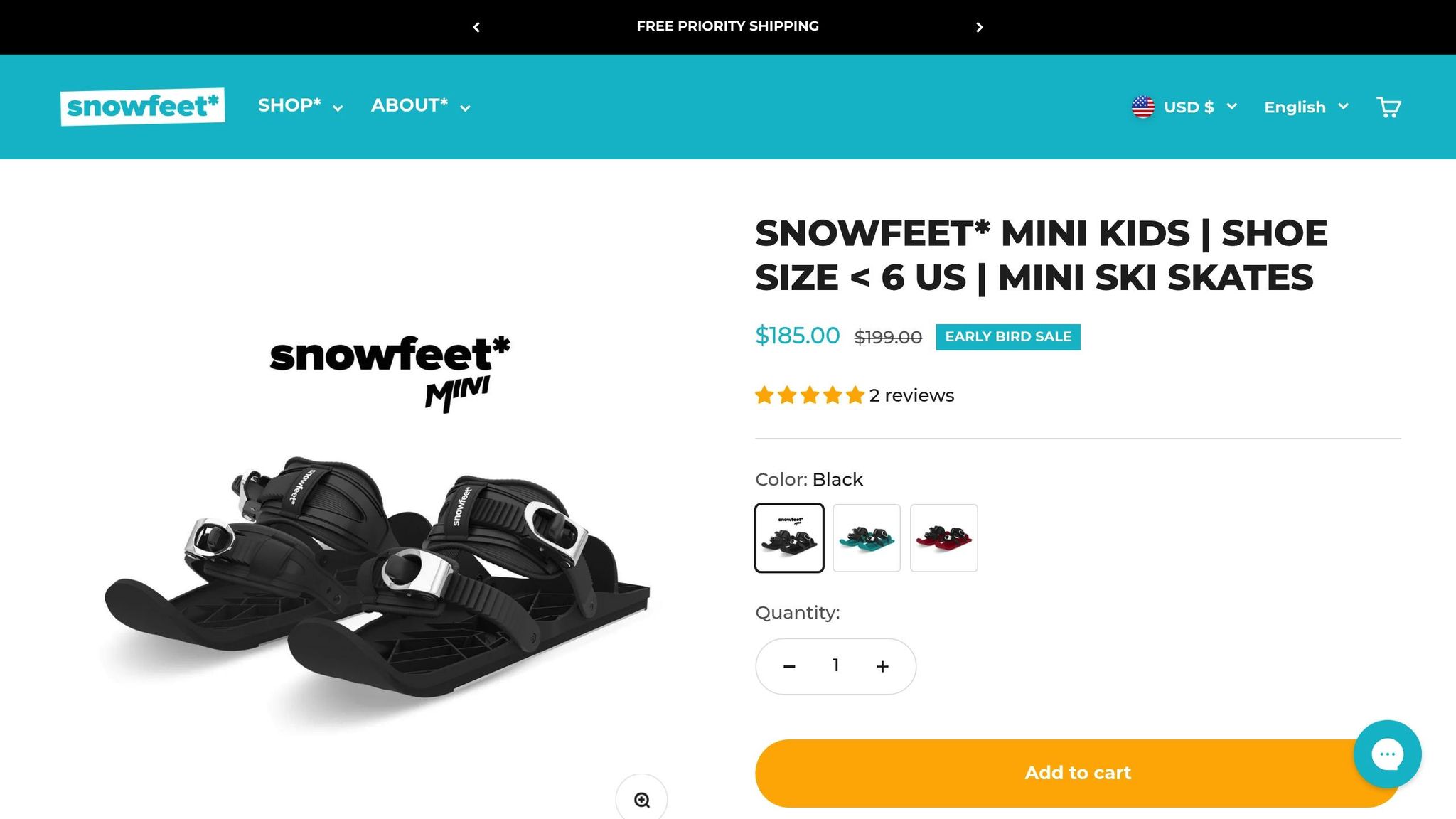
If your child is just starting out, Snowfeet MINI KIDS are a fantastic choice at just $150. They’re compact, lightweight, and easy to use - perfect for beginners. And here’s the best part: they work with regular winter shoes, so you don’t need to invest in ski boots. At only 15 inches long, they’re also small enough to toss in a backpack, making family trips to the slopes a breeze.
These skis are all about building confidence. Their short length and simple design give kids better control, so they can focus on having fun instead of struggling with technique. Parents love how they can turn any snowy hill - whether it’s the backyard or the neighborhood sledding spot - into an instant playground. If you’re looking for an affordable, hassle-free way to get your kids into skiing, the MINI KIDS are hard to beat.
Skiskates (44 CM)
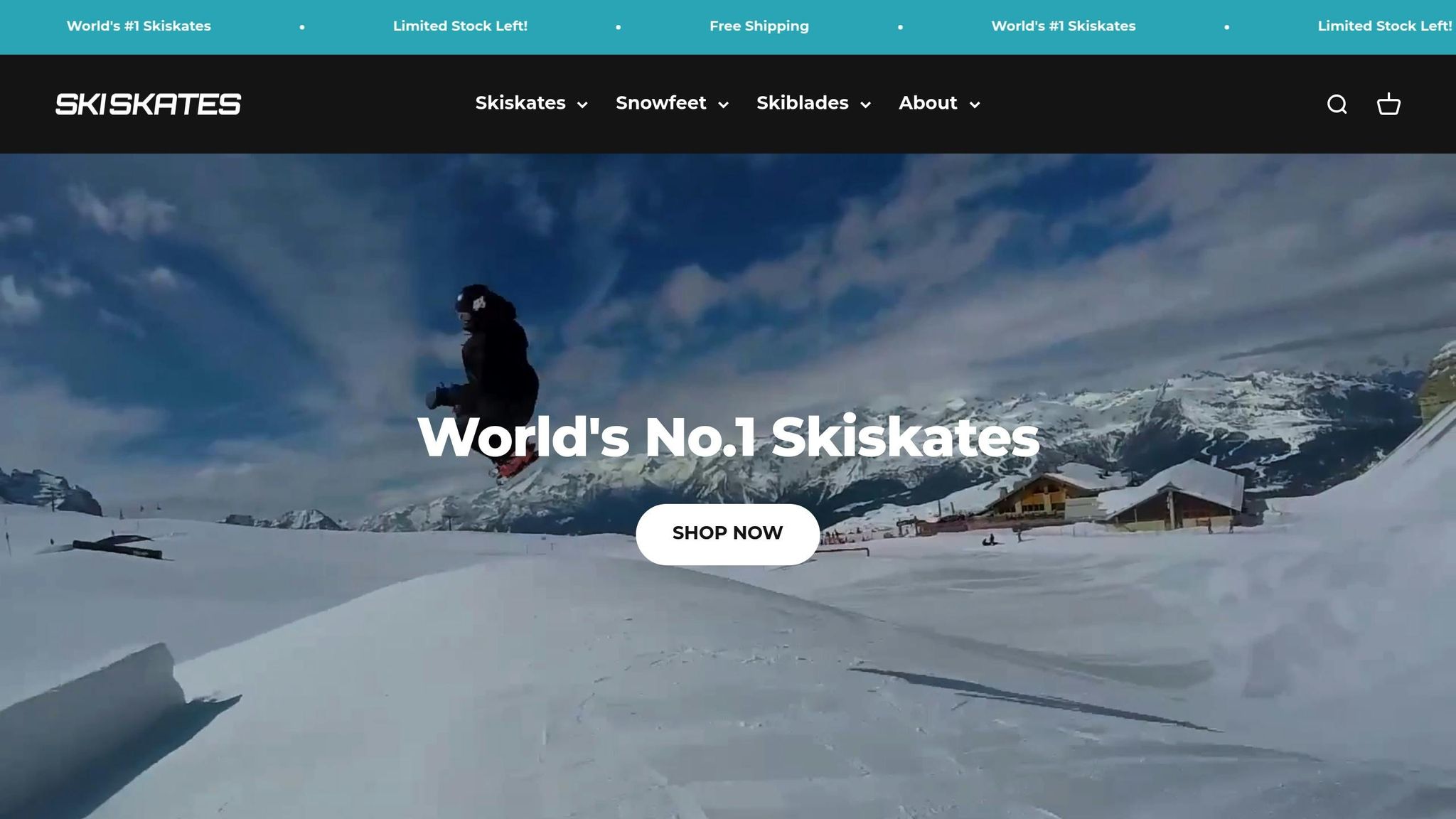
For kids ready to take on terrain parks, Skiskates are a solid step up. Priced at $390, these 17-inch skis strike a great balance between performance and control. They’re ideal for beginners and intermediates who want to move beyond basic sliding and start exploring freestyle tricks.
Skiskates have a wood core construction, which means they’re tough enough to handle jumps, rails, and plenty of park sessions. They’re designed to feel like skating on snow, giving kids the agility they need for quick turns and tricks while still offering enough stability to build confidence. These skis shine on packed snow and are perfect for kids who are ready to leave the bunny hill behind.
What’s great about Skiskates is how quickly kids can pick them up. The responsive design means less time spent figuring out the basics and more time trying out new moves. If traditional skis feel too long or awkward for your child, Skiskates are a great alternative for fast progress and fun.
Skiblades (65 CM)
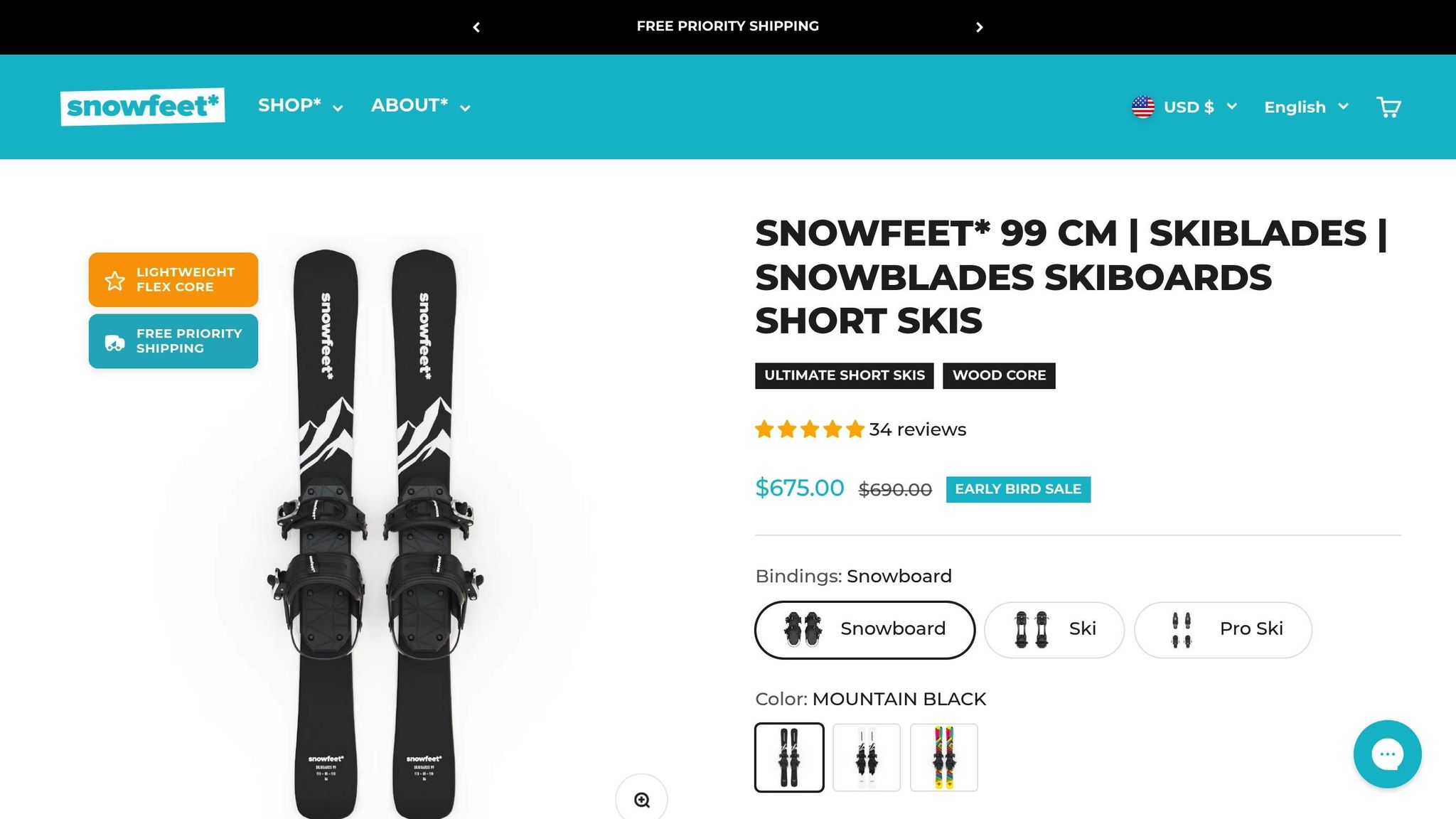
For kids who are serious about freestyle skiing, Skiblades are the top-tier option. Starting at $450, these 65 cm skis are designed for young skiers who are ready to tackle advanced terrain park tricks and higher speeds.
What sets Skiblades apart is their versatility. They’re long enough to offer stability for bigger jumps and faster runs, but still short enough to allow quick turns and agile movements. This makes them perfect for kids who’ve mastered the basics and are ready to take on spins, rails, and more challenging park features.
Built with durable, high-quality materials, Skiblades can handle aggressive riding without wearing out. This makes them a smart investment for families with kids who spend a lot of time on the slopes or compete in freestyle events. If your child is ready to level up their skiing game, Skiblades provide the performance and durability they need to progress safely and confidently.
Whether your child is just starting out or aiming for advanced tricks, there’s a Snowfeet* product to match their skill level and goals. From the beginner-friendly MINI KIDS to the performance-driven Skiblades, these options make skiing fun, accessible, and exciting for every young skier.
Parent Guide: Getting the Best Fit and Staying Safe
Getting your child equipped with the right park skis is only part of the equation. The rest involves making sure everything fits properly and that your young skier stays safe while enjoying their time on the slopes. Here’s how to get it right.
Sizing and Choosing the Right Gear
Start by measuring your child’s height and weight accurately. For the Snowfeet™ MINI KIDS model, you can use any winter boots your child already has - no need to buy special ski boots, as these skis are designed to work with standard winter footwear.
If your child has gained some skiing experience and feels confident, you might want to look into the Snowfeet™ Skiskates. These are about 44 centimeters long (roughly 17 inches) and require a bit more balance than the MINI KIDS version. However, they’re still much easier to control than traditional long skis.
For kids who are ready to tackle terrain park features, the Snowfeet™ Skiblades offer a performance boost. These are ideal for young skiers who’ve mastered basic skills like turning and stopping and are comfortable with higher speeds and trying tricks. But don’t rush into these - make sure your child has a solid foundation before moving up to Skiblades.
One great thing about Snowfeet™ products is their versatility. They’re compatible with a range of boots - whether it’s winter boots, snowboard boots, or ski boots you already own. Once you’ve chosen the right model, the next step is to make sure the bindings are adjusted correctly for a safe and secure fit.
Setting Up and Testing Bindings
Before hitting the slopes, take some time to adjust the bindings at home. Snowfeet™ bindings are designed to work with different types of boots, so it’s important to ensure they’re snug and secure.
- Adjust the bindings so the heel fits firmly and the toe strap holds securely, while still allowing for some natural toe movement.
- Test the release mechanism to make sure your child can exit the skis quickly if needed.
- The good news? These adjustments are simple to do by hand - no need for professional tools or complicated DIN settings. Plus, you can easily tweak them on the mountain if needed.
Staying Safe in the Terrain Park
Once the gear is properly fitted and ready to go, the focus shifts to safety - especially if your child is heading into the terrain park.
- Start with the basics. Make sure your child is comfortable with stopping, turning, and controlling speed on gentle slopes before attempting park features.
- Balance is key. Teach your child to keep their knees slightly bent and their weight centered over the skis. This is especially important when navigating rails or jumps, as it helps with control and recovery.
- Go all in on tricks. Encourage your child to fully commit when trying a trick. Hesitation often leads to unstable landings or falls.
- Learn by watching. Observing other skiers in the park can help your child pick up new techniques and build confidence.
- Protective gear is non-negotiable. A helmet is a must, and crash pads are highly recommended - especially when attempting new tricks. While Snowfeet™ skis’ shorter design can reduce the impact of falls compared to longer skis, proper protection is still essential.
- Set boundaries. Not every jump or rail is suitable for every skier. Make sure your child sticks to features that match their skill level and progresses gradually as they improve.
Why Snowfeet* Is the Top Choice for Kids' Park Skis
When gearing up your child for terrain park adventures, Snowfeet* stands out as a top pick. These skis are crafted with features that prioritize safety, ease of use, and fun, controlled performance - perfect for young skiers learning the ropes. Let’s break down why these features make such a difference.
Snowfeet* skis are packed with thoughtful details. Precision metal edges improve grip and control, giving kids the confidence they need on the slopes. Their shorter length - usually under 20 inches compared to the 4–5 feet of traditional skis - reduces the risk of injuries and makes them far easier to handle. Plus, the built-in heel brake system lets kids manage their speed intuitively, much like using inline skates.
Another major perk? Their lightweight, compact design. These skis are so small they can fit right into a standard backpack, making spontaneous snow adventures a breeze. No more lugging around bulky gear - just grab and go.
Learning to use Snowfeet* is quick and straightforward. Most kids pick up the basics within a single day. The shorter length allows for sharp turns and quick stops, helping young skiers build confidence fast. This ease of use ties back to the safety and control that make Snowfeet* such a smart choice.
Snowfeet* products also shine in their versatility. Whether your child is cruising groomed slopes, tackling terrain parks, exploring hiking trails, or even playing in the backyard, these skis deliver a dynamic and playful experience. The full range of Snowfeet* models is available online, making it easy to find the perfect fit for your child.
For parents looking to elevate their kids’ terrain park experience, Snowfeet* offers options for every skill level. From the beginner-friendly MINI KIDS model to the performance-driven Skiblades, there’s something for everyone. The adjustable bindings are compatible with most boots you already own, so there’s no need to spend extra on specialized footwear.
The bottom line? Shorter skis, like those from Snowfeet*, are a game-changer for young skiers tackling rails, jumps, and tight spaces. While traditional ski brands continue to push longer, pricier options, Snowfeet* has reimagined what works best for kids - and they’ve nailed it.
FAQs
Why are Snowfeet products easier for kids to learn on compared to traditional skis or snowboards?
Snowfeet gear is crafted to make skiing not just easier but way more enjoyable for kids. Thanks to their compact and lightweight design, kids can balance better and control their movements with ease. Turning and stopping? Way simpler compared to traditional skis or snowboards. This means less frustration and more confidence-building right from the start.
What sets Snowfeet apart is their short length and the inline skating-inspired feel. Unlike the heavy, clunky traditional gear, these are intuitive and easy to handle. Kids can focus on having fun on the slopes instead of wrestling with equipment. Plus, Snowfeet shine in terrain parks, offering flexibility and agility that traditional skis just can’t quite deliver. They’re an awesome way to kick off a kid’s skiing journey with a mix of fun and excitement.
What safety tips should parents keep in mind when their kids use Snowfeet park skis?
To keep kids safe and ensure they have a blast using Snowfeet park skis, start with the essentials: always make sure they wear a helmet to protect against head injuries. Check that their boots and bindings fit snugly to prevent any mishaps. Snowfeet products feature metal edges, which provide solid grip and better speed control - just like traditional skis - helping young skiers navigate the slopes more safely.
Teaching kids the basic slope rules is another must. Remind them to yield to downhill skiers and steer clear of closed-off areas. Also, make it a habit to inspect their equipment regularly for any signs of wear or damage. Don’t forget the protective gear, either - gloves and goggles are key for keeping little ones safe and comfortable. With these simple steps, Snowfeet park skis can give kids an awesome mix of safety, confidence, and fun on the slopes.
Can Snowfeet gear be used outside ski resorts, and what are the best places for kids to practice?
Snowfeet gear is made to be flexible, so you’re not limited to traditional ski resorts. They perform well on groomed snow, snow parks, sledding hills, and even hiking trails. That said, just like regular skis, they’re not meant for deep powder conditions.
In the U.S., many snow parks and ski areas are open to Snowfeet, making them a fun and practical option for kids to play and practice in different snowy spots. Thanks to their small size and simple design, they’re perfect for checking out local hills or smaller slopes - no need to lug around heavy gear.

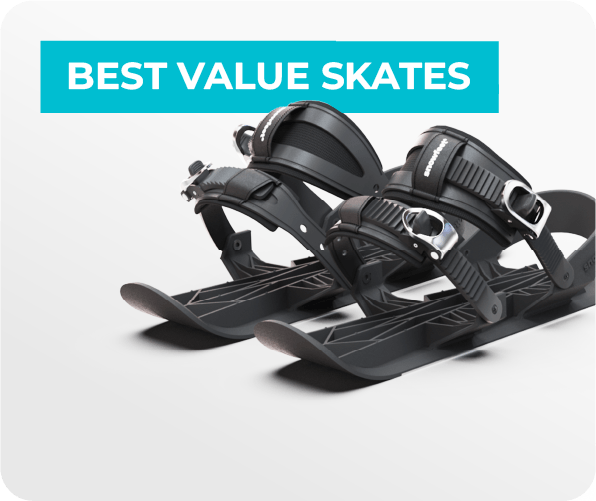



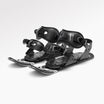
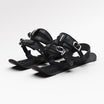
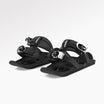
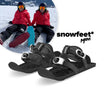
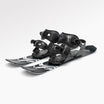
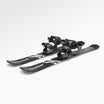

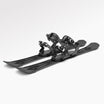
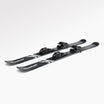
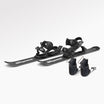





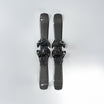
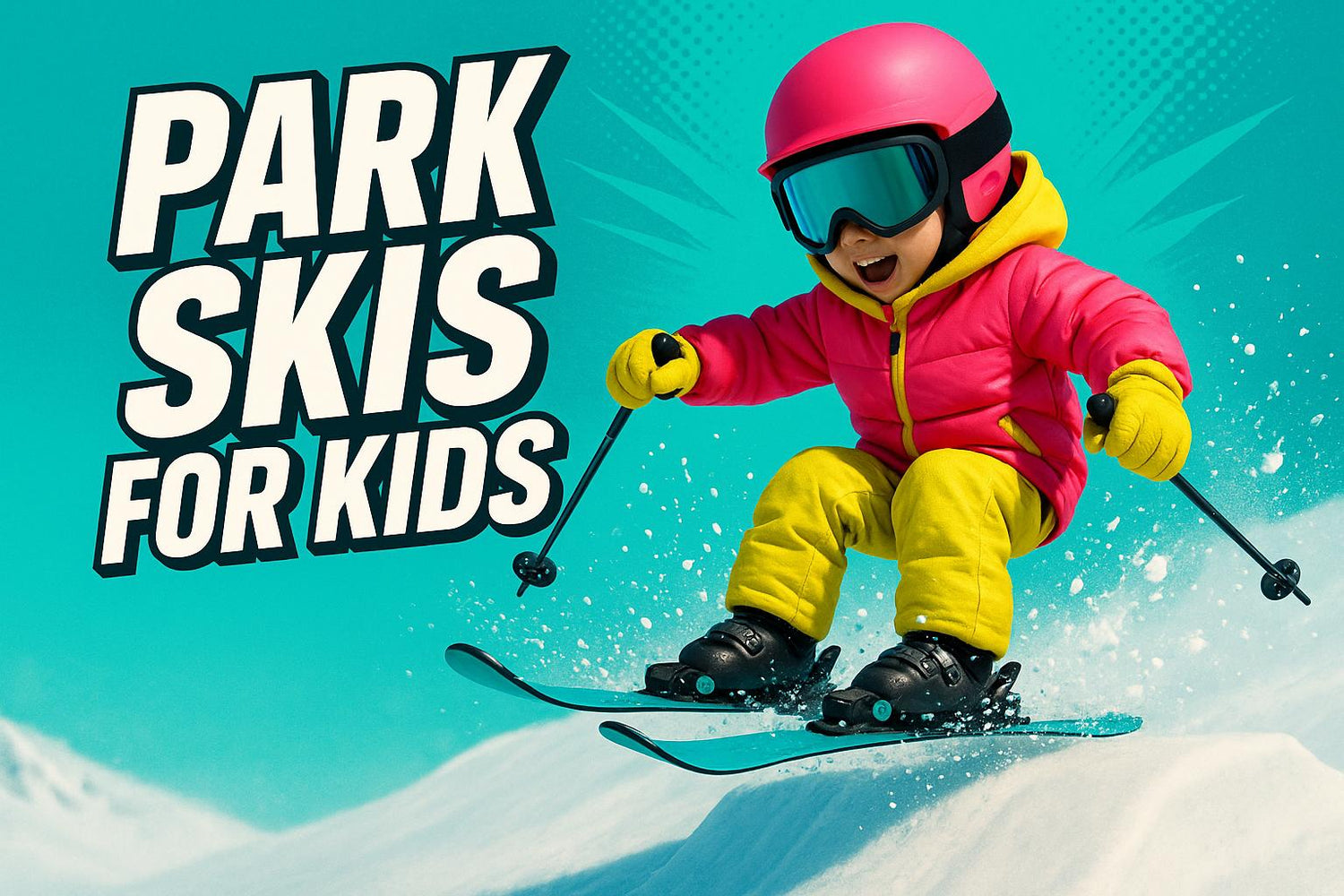
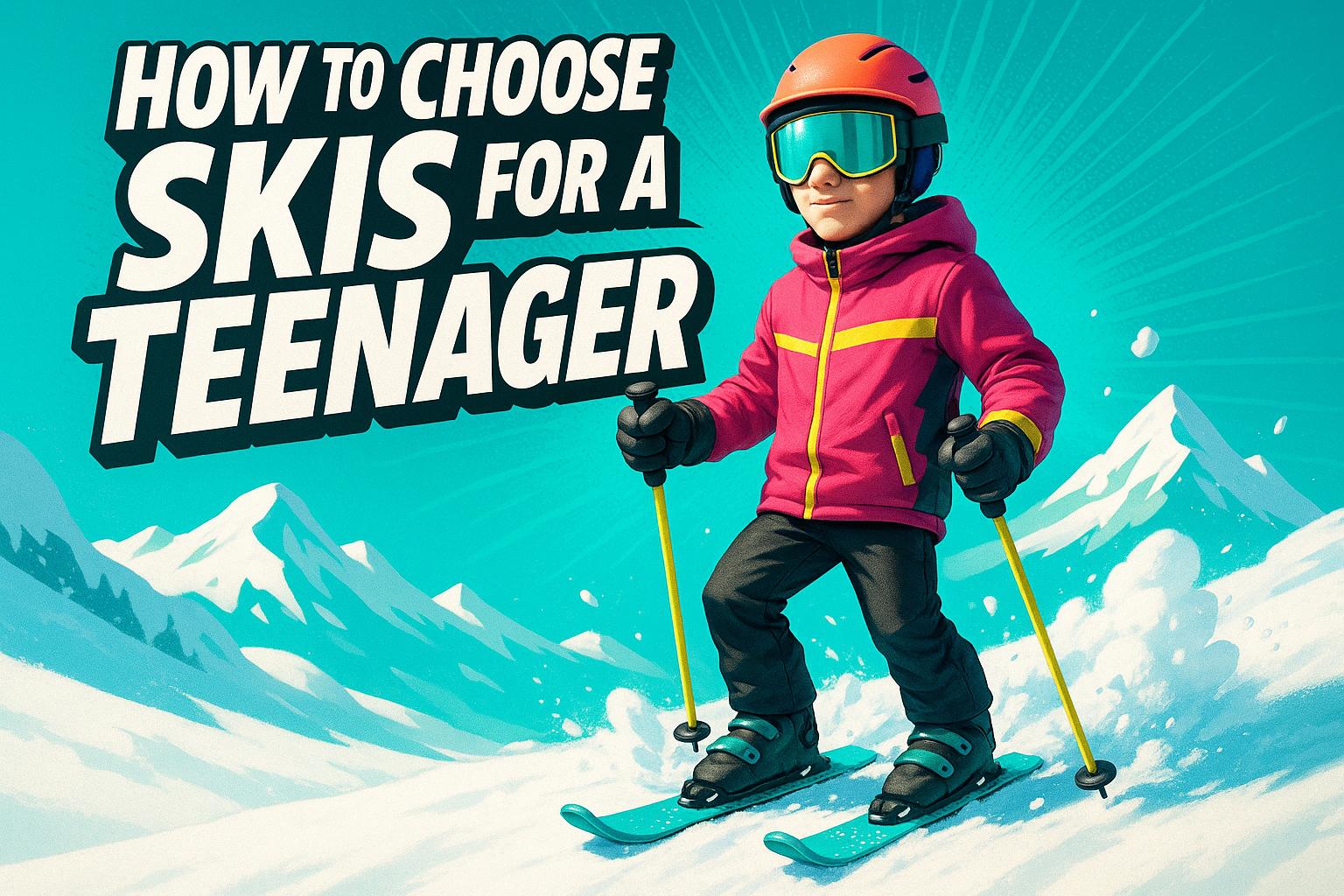
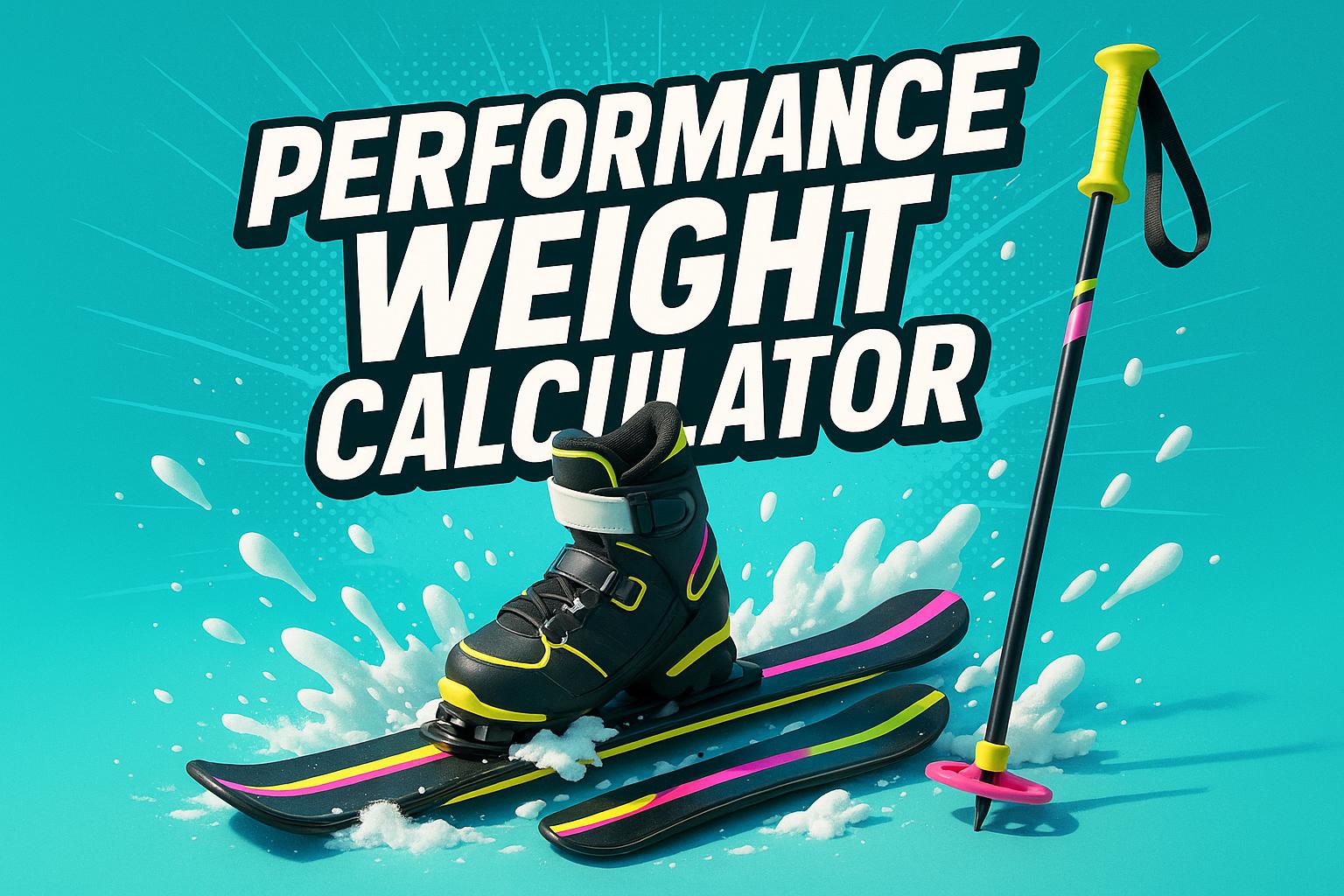
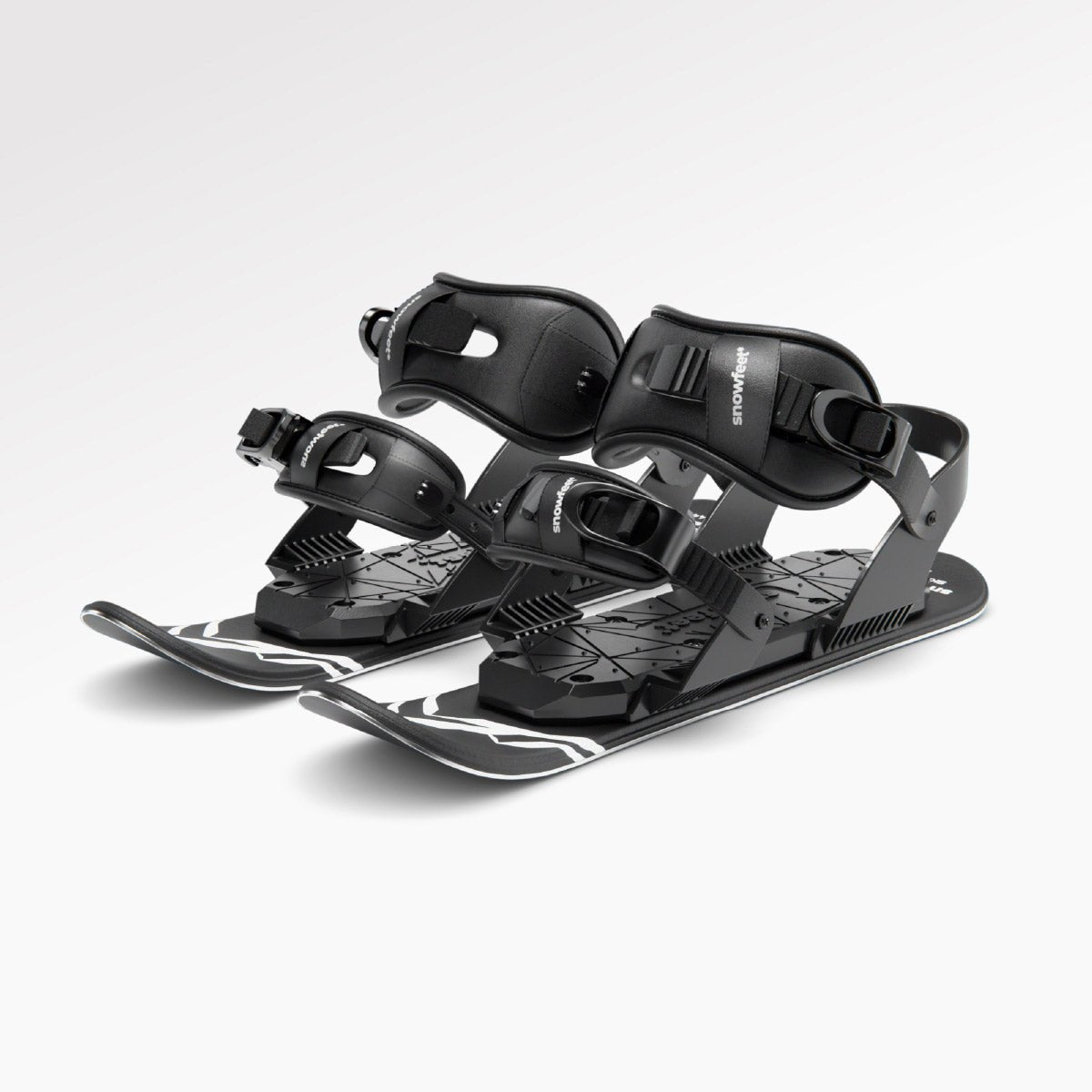

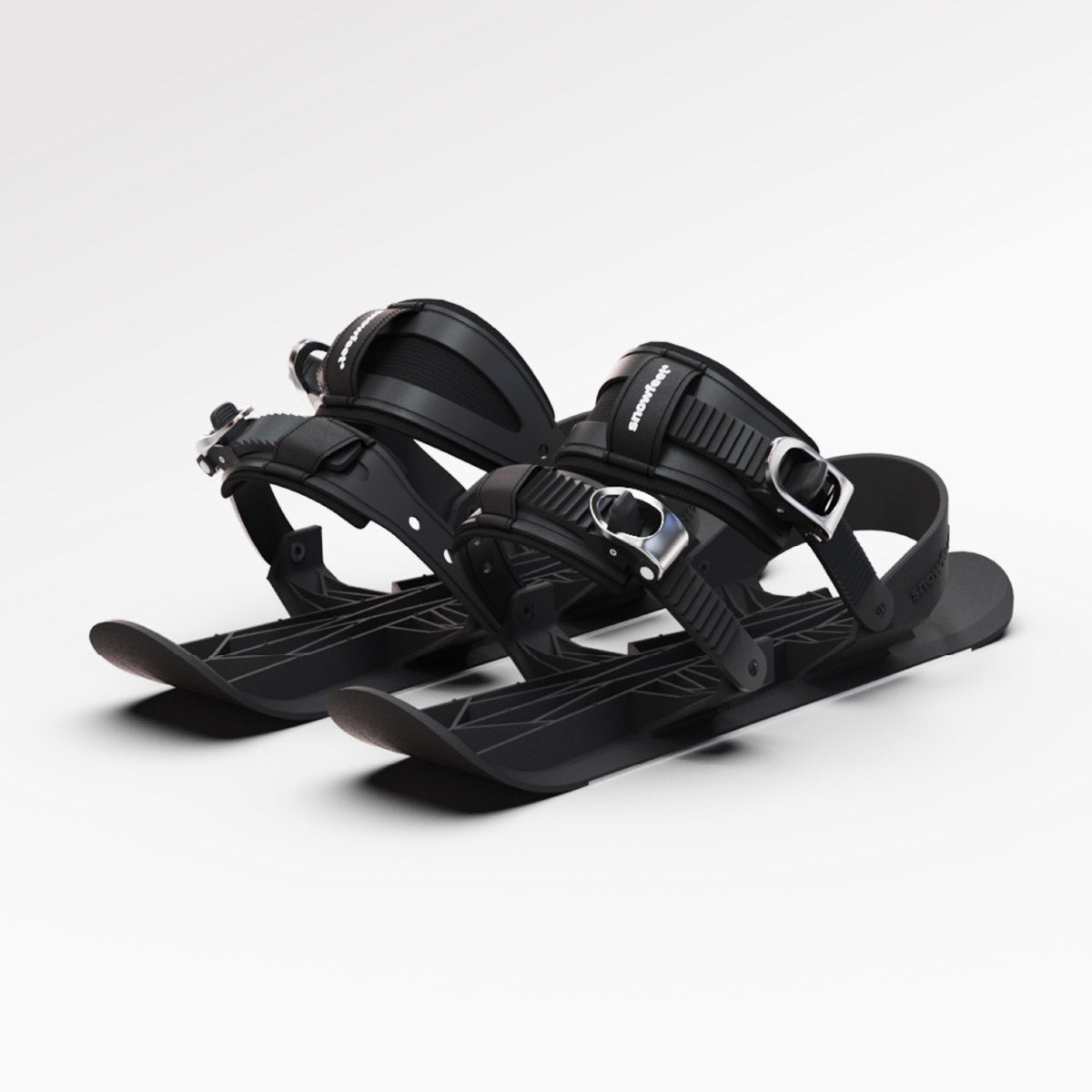
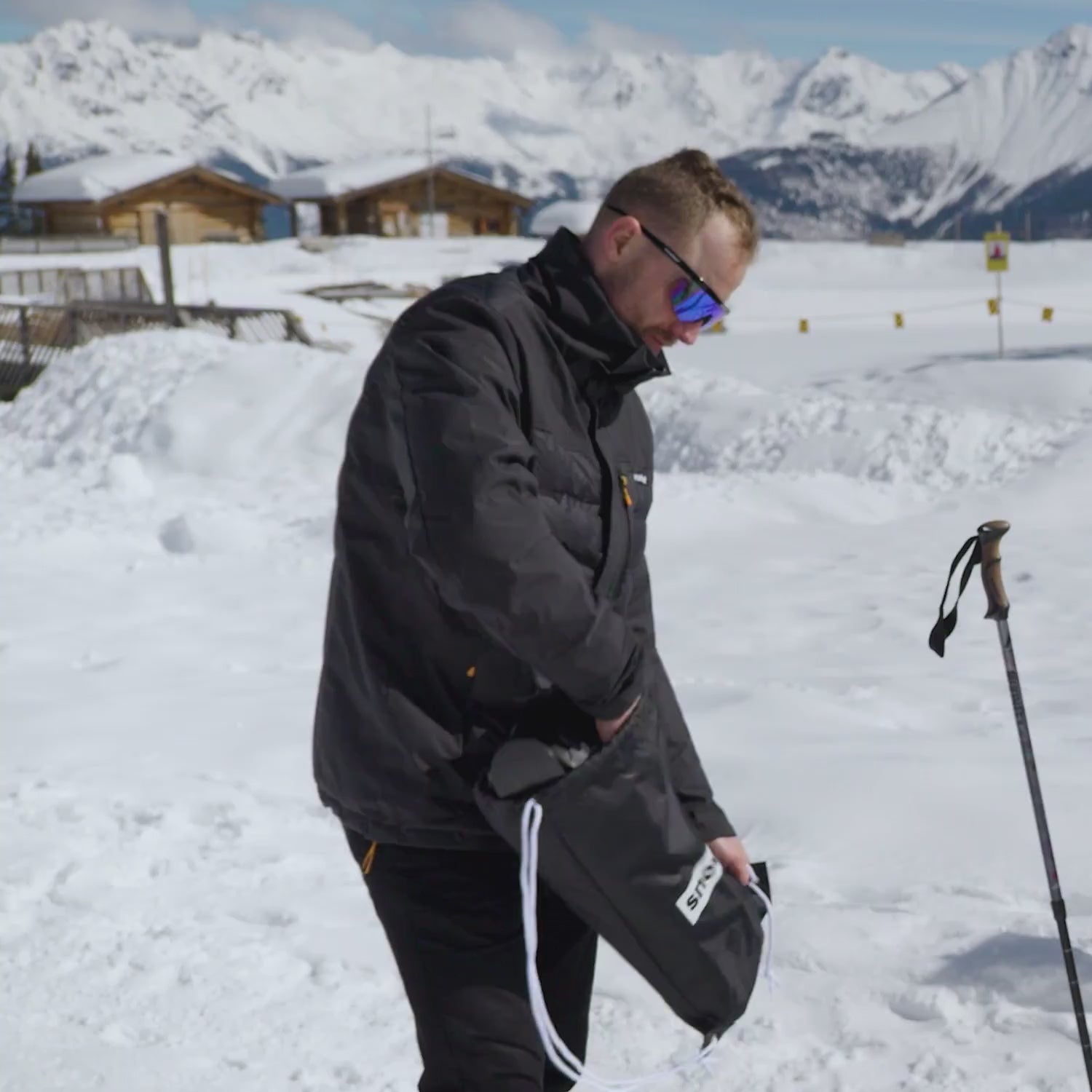
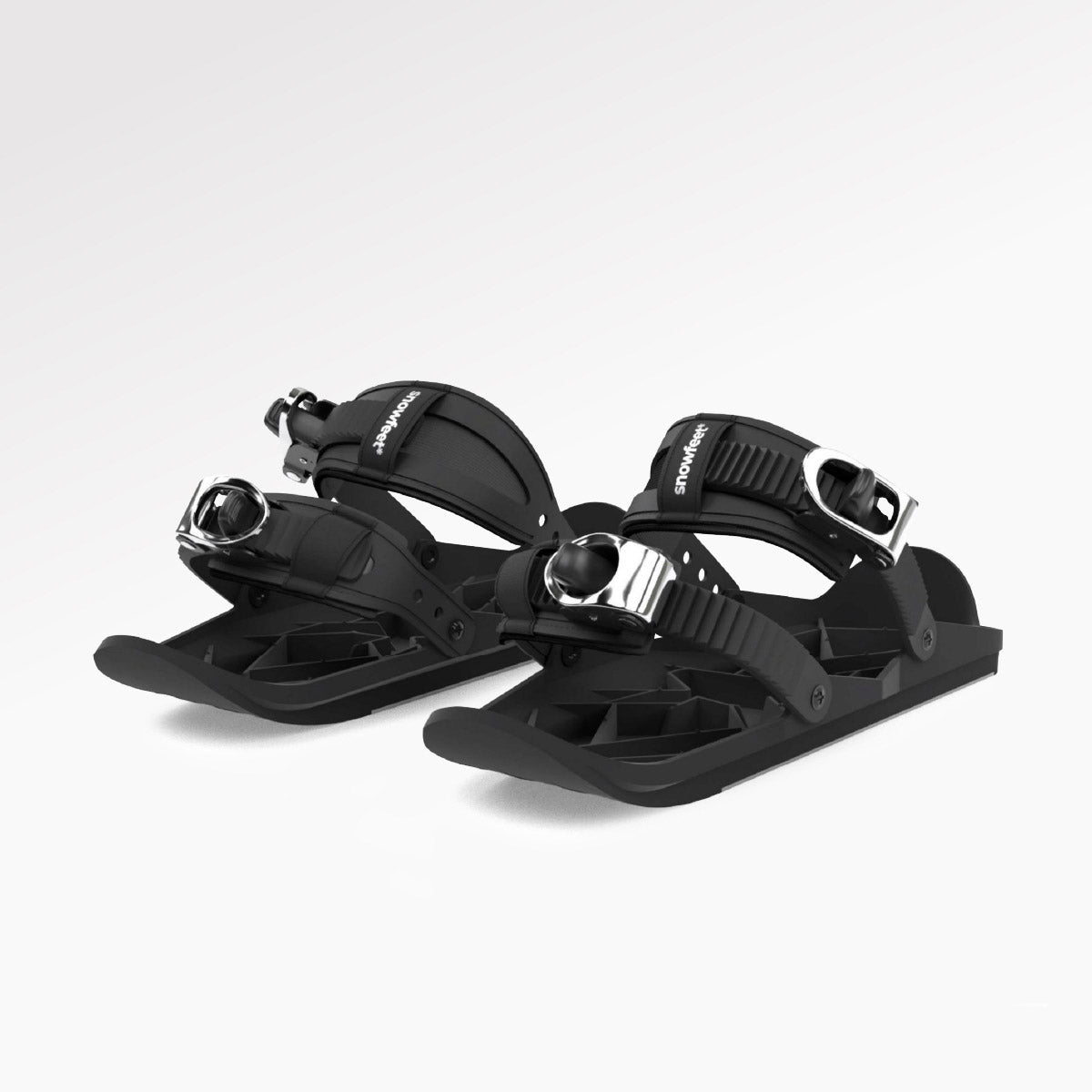
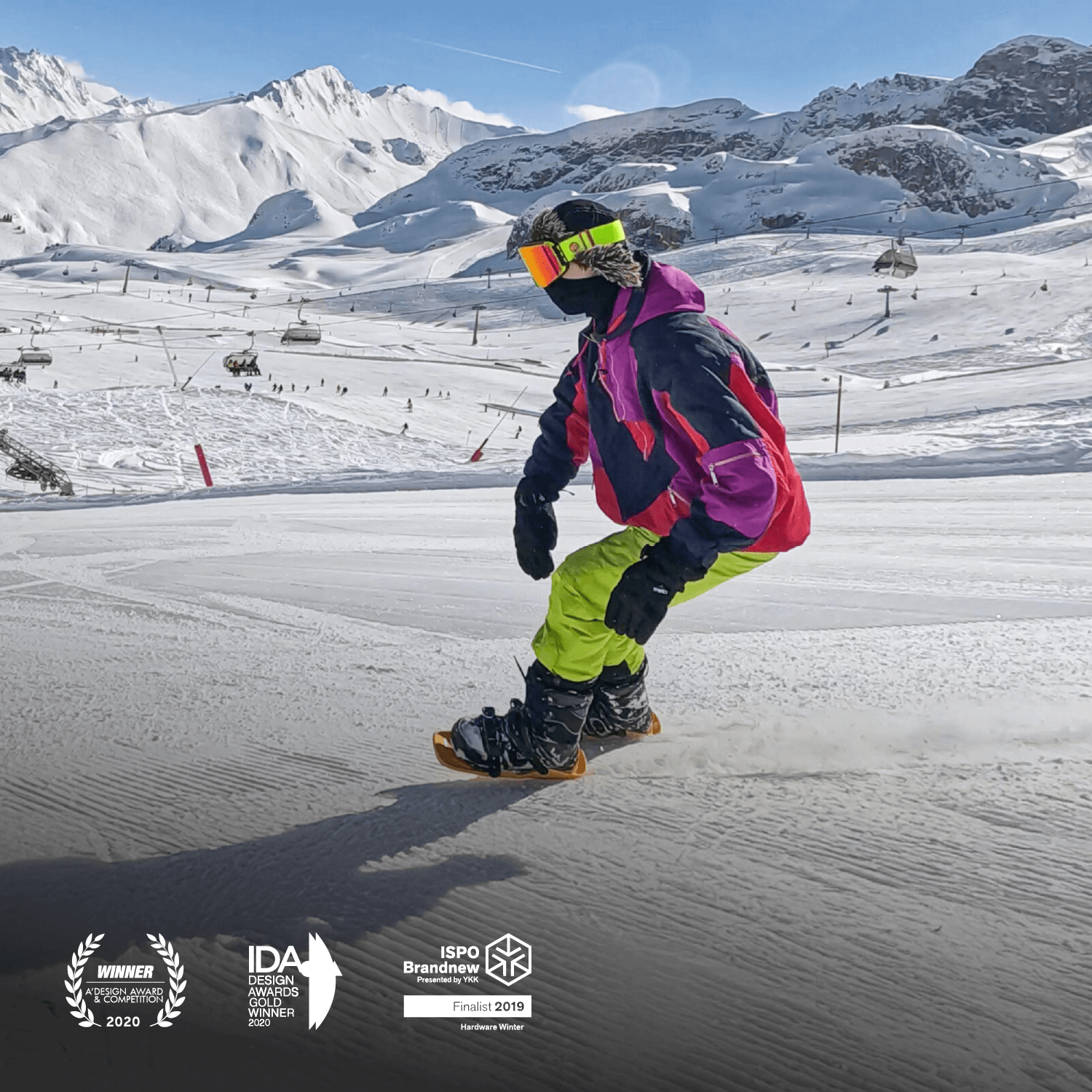

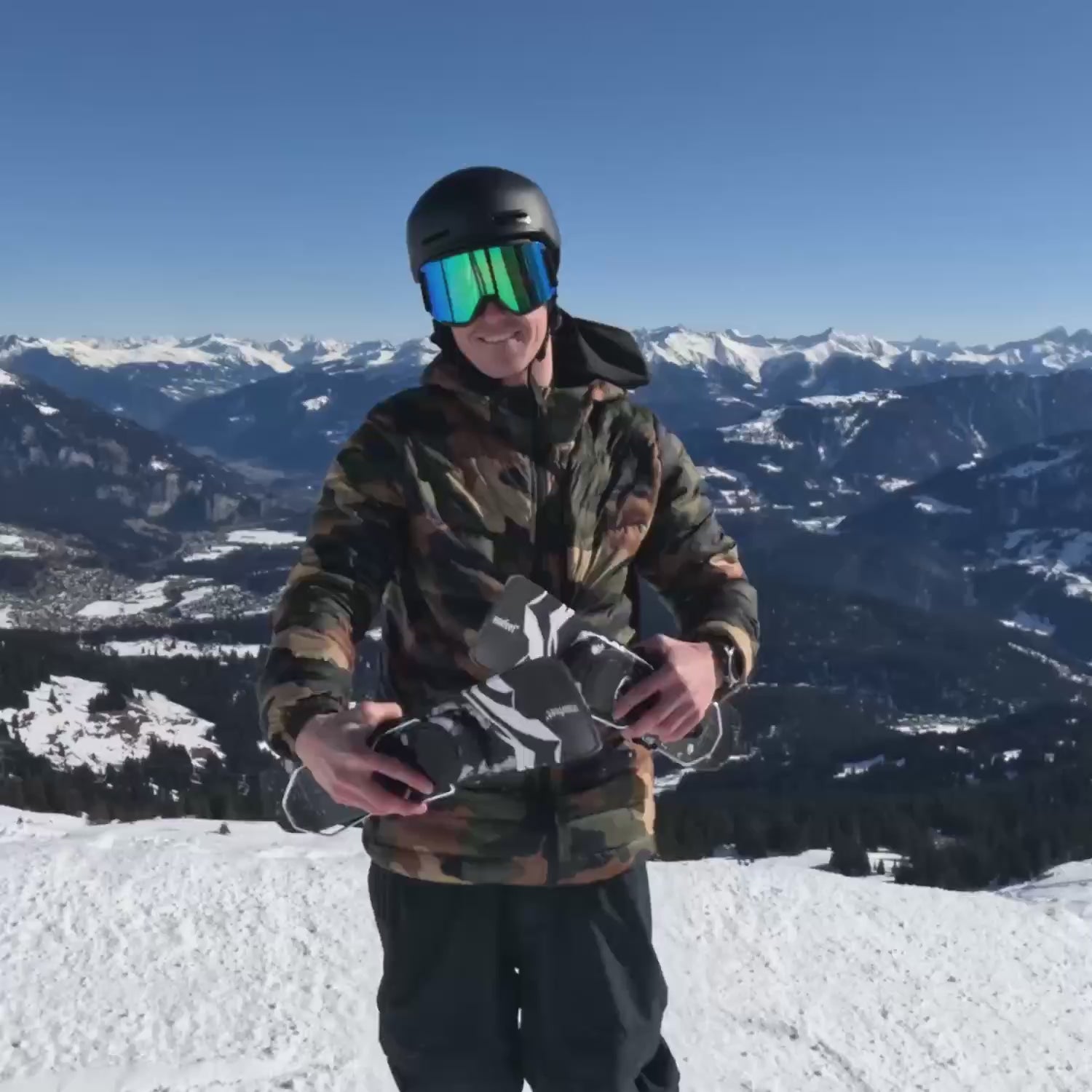
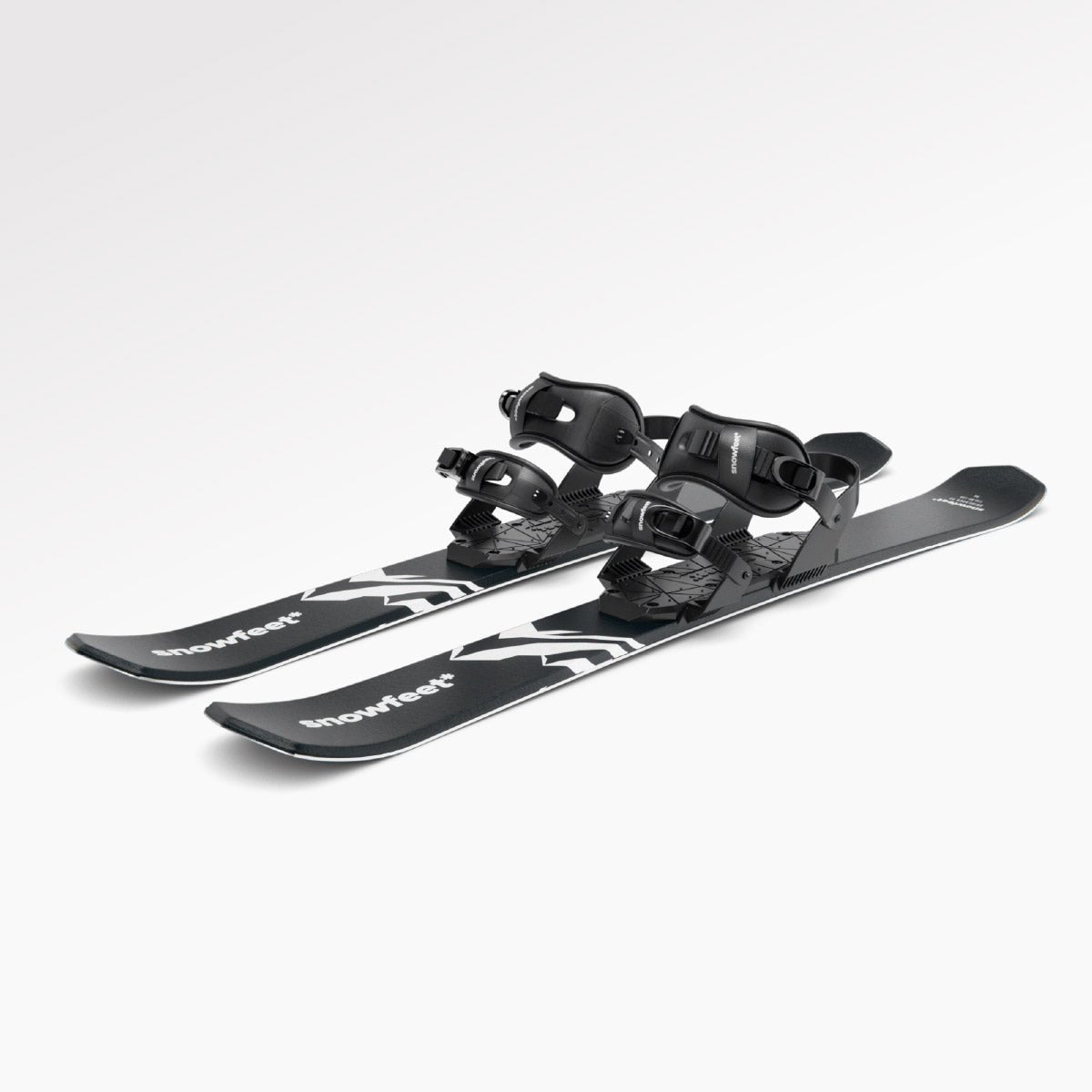
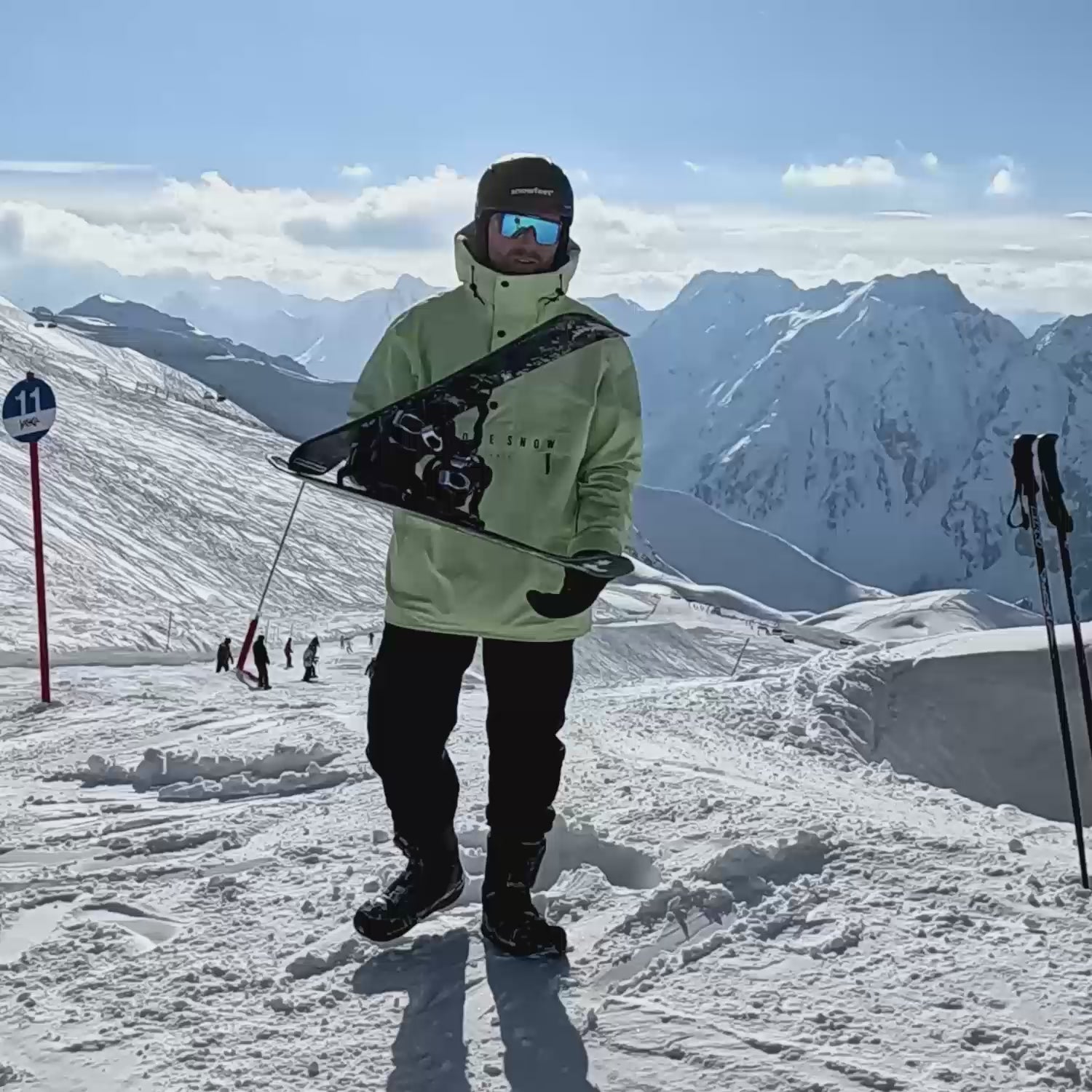
Leave a comment
This site is protected by hCaptcha and the hCaptcha Privacy Policy and Terms of Service apply.